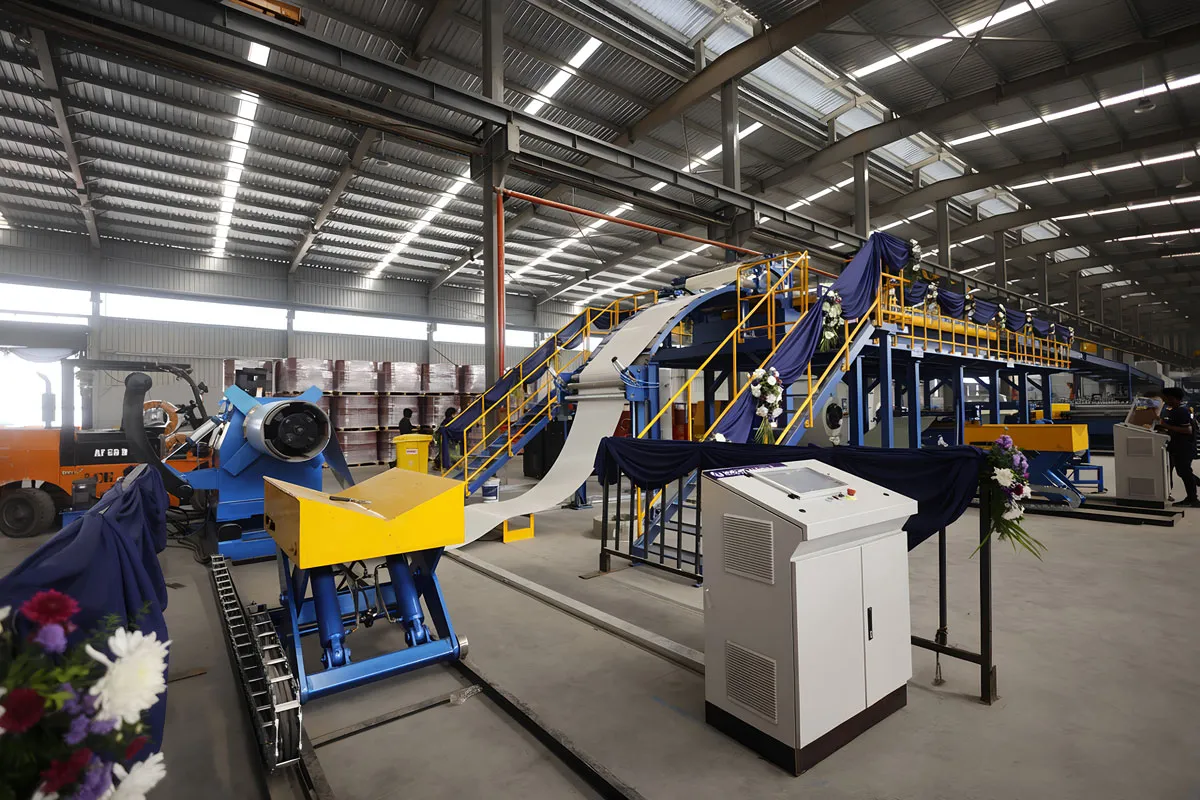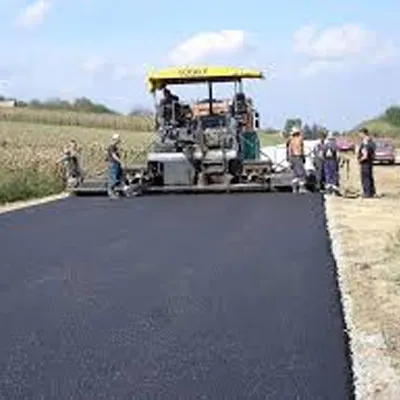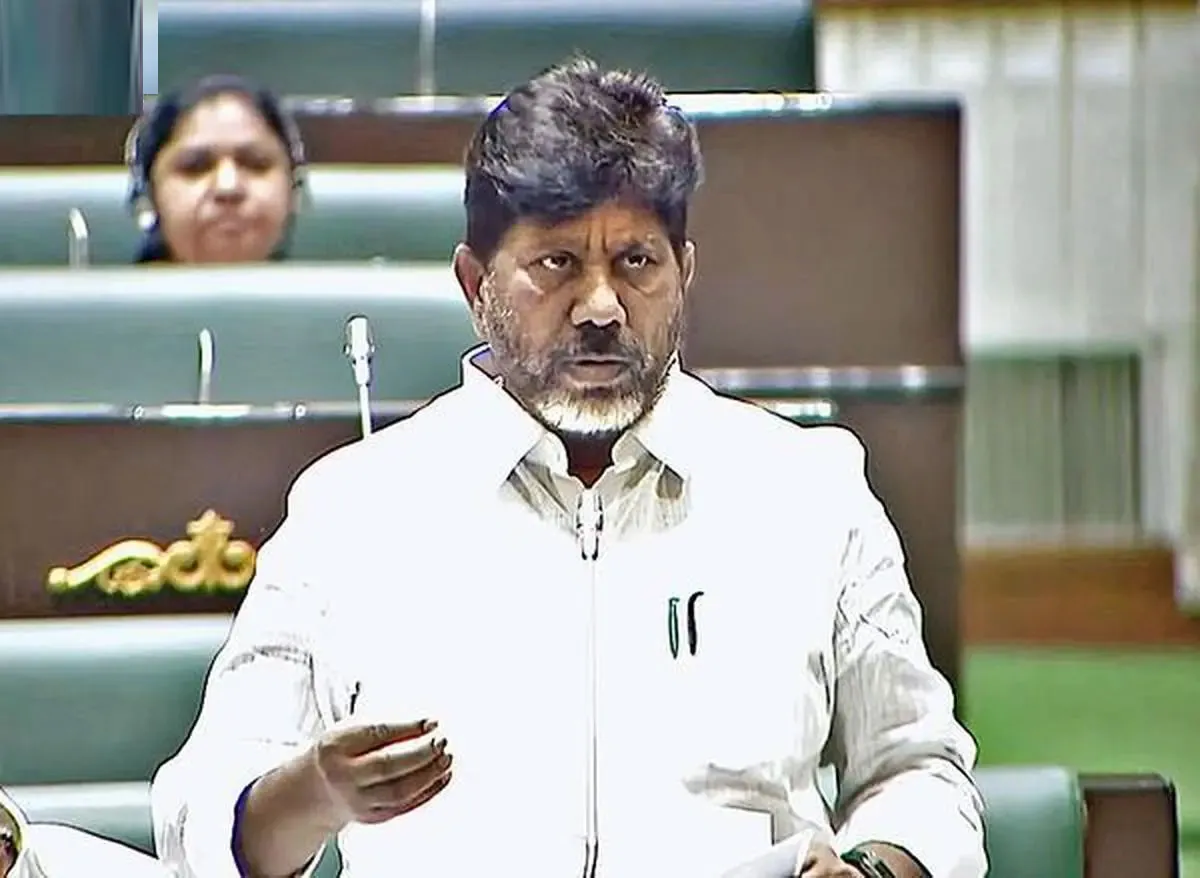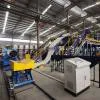How do you assess the current oil & gas industry in India as compared to the rest of the world?
India is the third largest oil consumer in the world. In 2021, the country consumed almost 4.9 million barrels per day (BPD), and we expect this demand to rise with India’s growing manufacturing ambitions. Globally, geo-political tensions triggered an energy crisis causing price volatility, uncertainty, and supply shortages. India’s fuel prices surged as a ripple effect of the war, but we are on the road to recovery. The industry, despite its challenges, is embracing digitization to improve efficiency and meet pricing demands in the market. The only recourse to extracting most from these fields is to augment technology to better productivity. According to the International Energy Agency (IEA), India is likely to see the world's biggest rise in energy demand this decade, due to urbanization and industrialization. And the government has implemented several programs, to meet the rising demand. One of the major initiatives includes permitting 100 per cent foreign direct investment (FDI) in several industry categories, like refineries, natural gas, and petroleum products, among others.
What developments have been witnessed in the midstream and upstream solutions of the oil & gas industry?
While upstream digitisation is catching up, downstream and midstream digital adoption is already a reality. With the pandemic reducing human personnel in upstream operations, companies are gradually warming up to remote working models. From a technology standpoint, the future will revolve around automation, analytics, and connected ecosystems. Data technologies leveraging AI, ML, and predictive analytics will dominate and companies will look to gain production, cost and asset efficiencies through them. With rise in concerns over environmental impact and the promotion of clean energy, companies will use technologies to circumvent health, safety, security and environment (HSSE) related challenges, such as identifying oil spills and minimizing damage before it is too late. Sustainability goals will attract the utmost attention and companies will look to drive the maximum efficiency out of aging oil fields. This will be particularly relevant for India as the government’s Open Acreage Licensing Policy (OALP) will help double down on oil and gas exploration.How do you assess the current oil & gas industry in India as compared to the rest of the world?
India is the third largest oil consumer in the world. In 2021, the country consumed almost 4.9 million barrels per day (BPD), and we expect this demand to rise with India’s growing manufacturing ambitions. Globally, geo-political tensions triggered an energy crisis causing price volatility, uncertainty, and supply shortages. India’s fuel prices surged as a ripple effect of the war, but we are on the road to recovery. The industry, despite its challenges, is embracing digitization to improve efficiency and meet pricing demands in the market. The only recourse to extracting most from these fields is to augment technology to better productivity. According to the International Energy Agency (IEA), India is likely to see the world's biggest rise in energy demand this decade, due to urbanization and industrialization. And the government has implemented several programs, to meet the rising demand. One of the major initiatives includes permitting 100 per cent foreign direct investment (FDI) in several industry categories, like refineries, natural gas, and petroleum products, among others.
What developments have been witnessed in the midstream and upstream solutions of the oil & gas industry?
While upstream digitisation is catching up, downstream and midstream digital adoption is already a reality. With the pandemic reducing human personnel in upstream operations, companies are gradually warming up to remote working models. From a technology standpoint, the future will revolve around automation, analytics, and connected ecosystems. Data technologies leveraging AI, ML, and predictive analytics will dominate and companies will look to gain production, cost and asset efficiencies through them. With rise in concerns over environmental impact and the promotion of clean energy, companies will use technologies to circumvent health, safety, security and environment (HSSE) related challenges, such as identifying oil spills and minimizing damage before it is too late. Sustainability goals will attract the utmost attention and companies will look to drive the maximum efficiency out of aging oil fields. This will be particularly relevant for India as the government’s Open Acreage Licensing Policy (OALP) will help double down on oil and gas exploration.
A study by the Indian Ministry of Petroleum & Natural Gas suggests that AI/ML has reduced seismic survey data interpretation time and cost by 50-60 per cent. Real-time analytics driven integrated well design and planning have made well drilling 20-30 per cent faster, while Industrial IoT (IIoT) enabled real-time data has augmented production in excess of 3-5 per cent. All of this is encouraging data for companies to invest more in digital technologies. Overall, digital technologies can align all parts of the business, introduce new capabilities and unlock value in ways that may not have been possible earlier. The generic estimate is that digital investments up the value of a company by 30 per cent within a few years. This means companies investing in digital will be far ahead of their peers.
What technological thrust has been provided to the Indian energy sector?
Digital transformation can help oil & gas majors gain cost advantage by improving efficiency. But that is not all. They can do more if you dig deeper and look beyond the usual benefits. A major advantage is the data and detailed information you get access to. Companies can explore this data in multifarious ways to understand asset health, study and learn from patterns, influence behaviors and try out new operating models. A technology like digital twin is a bridge between the physical and the digital world it is a virtual representation of a physical object or process and allows analysis of the same by simulating the actual scenario. This allows companies to run the process virtually and understand its pros and cons before proceeding with the actual implementation. Automation allows companies to not just optimize their resources and plan better, but also eliminate “human factors” and the likely errors in production and distribution. Companies can adopt remote model of operations, reduce maintenance teams on field and leverage them for more high-value tasks.
How according to you does the future of Indian oil & gas sector augur?
Though the industry is currently impacted by a flattening cost curve and plummeting demand, there is hope. A recent McKinsey report claims that new oil drilling will be required to meet demand by 2040. Most of this supply is expected to come from offshore and shale resources. It is estimated that the sector will require new production of nearly 23 MMb/d to meet demand. This is because oil demand is expected to peak in 2029. Many companies have adopted digitalization. But challenges remain unaddressed across upstream, midstream and downstream especially in the areas related to HSSE, maintenance, logistics and transportation, asset management and exploration and production.
A 2020 PwC Report identifies lack of understanding and lack of skillset to be the major challenges in digital technology adoption. The industry faces skill shortages in business analysis, data analysis, AI, ML, cybersecurity and enterprise ecosystems. This leaves them little room for a pro-digital culture and R&D on how to leverage technology for improving efficiency. Other impediments to digitisation are organizational silos, absence of cross-functional operating models, disjointed project governance and lack of a sustainable digital strategy. All said, investments in digital technologies are increasing the situation has gone from thinking about digitalization as an investment decision to an unavoidable strategic adoption. Oil & gas majors realize that there is no scope without digital. But they need to build digital ecosystems ground up and adopt new ways of working across up, mid and downstream to optimize operational efficiencies, tighten up security and gain cost benefits.
According to you what new policies need to be adhered in the Indian oil & gas sector to make it more viable for everyone?
There has been considerable economic development in recent times in the Indian oil & gas sector. The industry is expected to attract US$ 25 billion in investments in exploration and production, which offers huge potential. The government is already encouraging investment through steps like increasing the FDI limit for public sector refining projects, and building an ecosystem that attracts both domestic and foreign investment. If these are implemented in full earnest, that will augur well for a strong future for the sector.
A study by the Indian Ministry of Petroleum & Natural Gas suggests that AI/ML has reduced seismic survey data interpretation time and cost by 50-60 per cent. Real-time analytics driven integrated well design and planning have made well drilling 20-30 per cent faster, while Industrial IoT (IIoT) enabled real-time data has augmented production in excess of 3-5 per cent. All of this is encouraging data for companies to invest more in digital technologies. Overall, digital technologies can align all parts of the business, introduce new capabilities and unlock value in ways that may not have been possible earlier. The generic estimate is that digital investments up the value of a company by 30 per cent within a few years. This means companies investing in digital will be far ahead of their peers.
What technological thrust has been provided to the Indian energy sector?
Digital transformation can help oil & gas majors gain cost advantage by improving efficiency. But that is not all. They can do more if you dig deeper and look beyond the usual benefits. A major advantage is the data and detailed information you get access to. Companies can explore this data in multifarious ways to understand asset health, study and learn from patterns, influence behaviors and try out new operating models. A technology like digital twin is a bridge between the physical and the digital world it is a virtual representation of a physical object or process and allows analysis of the same by simulating the actual scenario. This allows companies to run the process virtually and understand its pros and cons before proceeding with the actual implementation. Automation allows companies to not just optimize their resources and plan better, but also eliminate “human factors” and the likely errors in production and distribution. Companies can adopt remote model of operations, reduce maintenance teams on field and leverage them for more high-value tasks.
How according to you does the future of Indian oil & gas sector augur?
Though the industry is currently impacted by a flattening cost curve and plummeting demand, there is hope. A recent McKinsey report claims that new oil drilling will be required to meet demand by 2040. Most of this supply is expected to come from offshore and shale resources. It is estimated that the sector will require new production of nearly 23 MMb/d to meet demand. This is because oil demand is expected to peak in 2029. Many companies have adopted digitalization. But challenges remain unaddressed across upstream, midstream and downstream especially in the areas related to HSSE, maintenance, logistics and transportation, asset management and exploration and production.
A 2020 PwC Report identifies lack of understanding and lack of skillset to be the major challenges in digital technology adoption. The industry faces skill shortages in business analysis, data analysis, AI, ML, cybersecurity and enterprise ecosystems. This leaves them little room for a pro-digital culture and R&D on how to leverage technology for improving efficiency. Other impediments to digitisation are organizational silos, absence of cross-functional operating models, disjointed project governance and lack of a sustainable digital strategy. All said, investments in digital technologies are increasing the situation has gone from thinking about digitalization as an investment decision to an unavoidable strategic adoption. Oil & gas majors realize that there is no scope without digital. But they need to build digital ecosystems ground up and adopt new ways of working across up, mid and downstream to optimize operational efficiencies, tighten up security and gain cost benefits.
According to you what new policies need to be adhered in the Indian oil & gas sector to make it more viable for everyone?
There has been considerable economic development in recent times in the Indian oil & gas sector. The industry is expected to attract US$ 25 billion in investments in exploration and production, which offers huge potential. The government is already encouraging investment through steps like increasing the FDI limit for public sector refining projects, and building an ecosystem that attracts both domestic and foreign investment. If these are implemented in full earnest, that will augur well for a strong future for the sector.




















